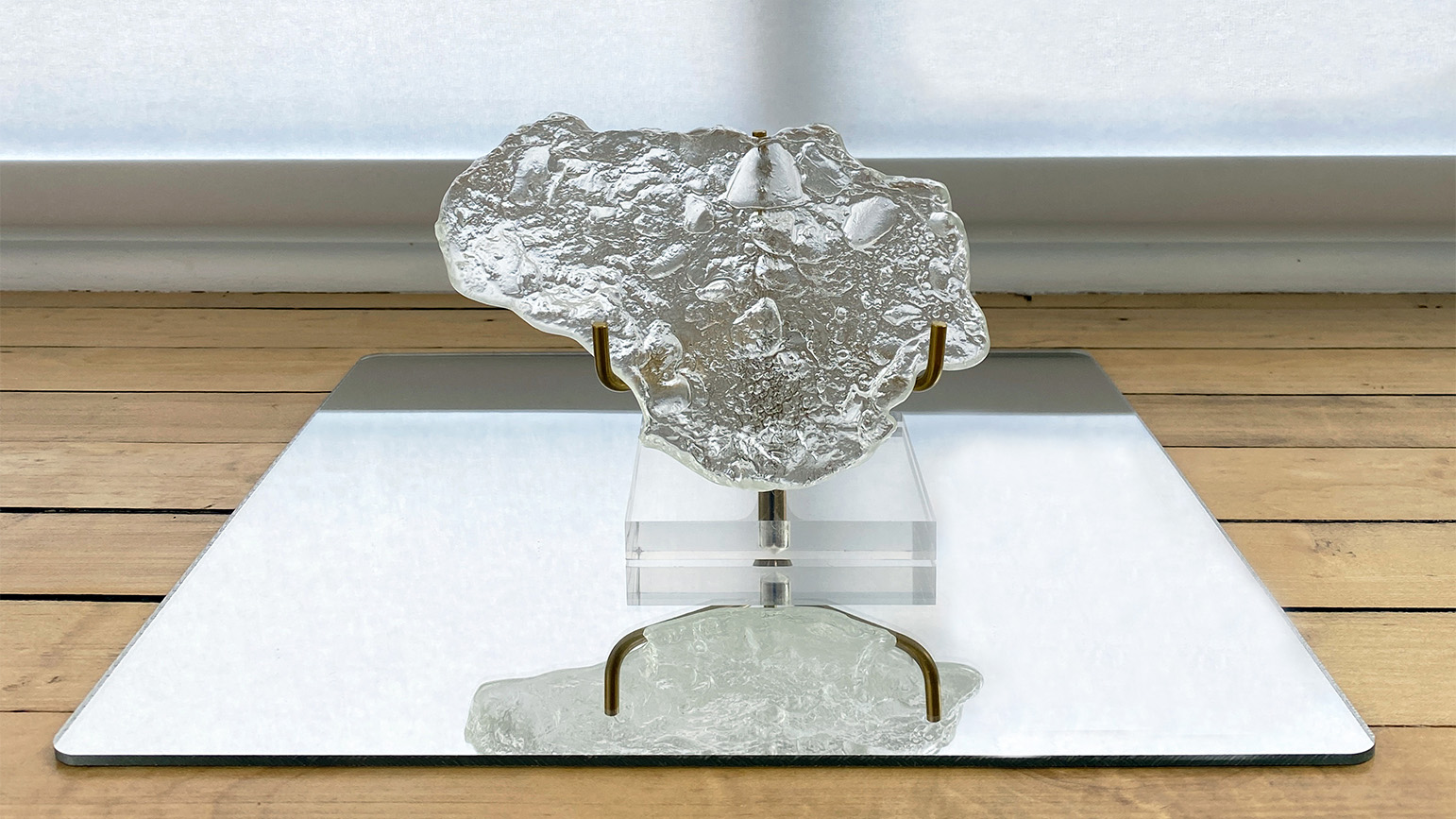
Professor Kim Beck‘s work is part of “Stranger Things,” a group exhibition featuring twelve artists that explore the eccentric or uncanny in their work. The exhibition is no view August 19 through September 25.
Making strange is the essence of all art, according to Russian Formalist, Viktor Shklovsky. In the exhibition’s eponym, the television series, “Stranger Things,” an ordinary town in an ordinary corner of America is anything but ordinary – the Freudian unconscious, dormant memories, and the uncanny play the leading role. Sigmund Freud describes the uncanny as an experience that reminds us of earlier aspects of our unconscious life, a so-called ‘return of the repressed.’ More broadly, the uncanny is a psychological phenomenon where something is not simply mysterious, but rather unsettling in a strangely familiar way. In the current exhibition, artists such as Oliver Clegg and Andrea Smith take something familiar, a black cat and a water glass, respectively, and make it strange. There is something undeniably eerie in the unnaturally large smile of the cat in Clegg’s painting, Zelda, or the subtle reflection of Greek Orthodox icons in the water in Smith’s A Sign. In Wade Kramm’s Invisible Traffic Cone and Kim Beck’s Pothole Positives, every-day benign objects and phenomena become fetishized, made precious, but more importantly, make the most mundane strange and unfamiliar.




